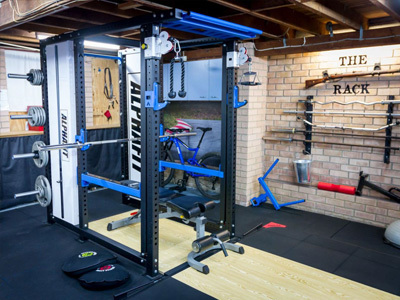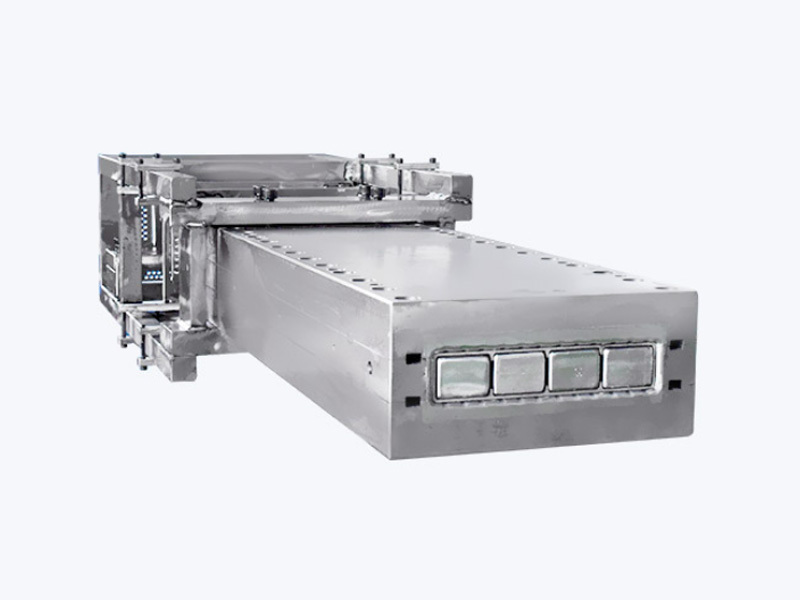Fast delivery
Global supplier
Innovative solutions
Exploring the Versatility and Benefits of Fiberglass Structural Shapes in Construction
Jul 02,2025
Fiberglass structural shapes have emerged as a revolutionary material in the construction and architectural sectors, providing unique benefits that traditional materials often cannot match. These shapes are manufactured from a composite material made of glass fibers and resin, resulting in a lightweight yet robust product that is ideal for a wide range of applications.
One of the most significant advantages of fiberglass structural shapes is their exceptional strength-to-weight ratio. This characteristic allows for easier handling and installation, reducing labor costs and time on site. Unlike conventional materials such as steel or aluminum, fiberglass shapes can often be transported and manipulated with less equipment and manpower, making them an efficient choice for construction projects.
Corrosion resistance is another standout feature of fiberglass structural shapes. In environments that are exposed to moisture, chemicals, or extreme weather conditions, traditional materials can deteriorate over time, leading to higher maintenance costs and potentially unsafe structures. Fiberglass, on the other hand, does not rust or corrode, which means that it can maintain its structural integrity for significantly longer periods. This property makes it particularly suitable for installations in coastal areas or industrial applications where exposure to harsh chemicals is common.
Fiberglass structural shapes are also highly versatile. They can be molded into various shapes and sizes, making them suitable for both structural and decorative purposes. Whether it’s beams, columns, or custom profiles, these materials can be tailored to meet specific design requirements. This flexibility allows architects and designers to unleash their creativity and innovate in ways that may not be feasible with traditional materials.
In addition, fiberglass is a non-conductive material, which means it can be safely used in settings where electrical insulation is crucial. This characteristic is particularly beneficial in the construction of facilities that require stringent electrical safety measures.
Another important consideration is sustainability. As the construction industry moves towards more environmentally friendly practices, fiberglass structural shapes present an appealing option. Their long lifespan and resistance to deterioration reduce the need for frequent replacements, contributing to lower resource consumption over time.
In conclusion, fiberglass structural shapes offer a multitude of benefits that make them an attractive choice for various construction applications. Their lightweight nature, corrosion resistance, versatility, and sustainability align well with modern building requirements. As the industry continues to evolve, these innovative materials are likely to play an increasingly prominent role in shaping the future of construction. By understanding and utilizing the advantages of fiberglass structural shapes, builders and architects can create safer, more efficient, and aesthetically pleasing structures.
One of the most significant advantages of fiberglass structural shapes is their exceptional strength-to-weight ratio. This characteristic allows for easier handling and installation, reducing labor costs and time on site. Unlike conventional materials such as steel or aluminum, fiberglass shapes can often be transported and manipulated with less equipment and manpower, making them an efficient choice for construction projects.
Corrosion resistance is another standout feature of fiberglass structural shapes. In environments that are exposed to moisture, chemicals, or extreme weather conditions, traditional materials can deteriorate over time, leading to higher maintenance costs and potentially unsafe structures. Fiberglass, on the other hand, does not rust or corrode, which means that it can maintain its structural integrity for significantly longer periods. This property makes it particularly suitable for installations in coastal areas or industrial applications where exposure to harsh chemicals is common.
Fiberglass structural shapes are also highly versatile. They can be molded into various shapes and sizes, making them suitable for both structural and decorative purposes. Whether it’s beams, columns, or custom profiles, these materials can be tailored to meet specific design requirements. This flexibility allows architects and designers to unleash their creativity and innovate in ways that may not be feasible with traditional materials.
In addition, fiberglass is a non-conductive material, which means it can be safely used in settings where electrical insulation is crucial. This characteristic is particularly beneficial in the construction of facilities that require stringent electrical safety measures.
Another important consideration is sustainability. As the construction industry moves towards more environmentally friendly practices, fiberglass structural shapes present an appealing option. Their long lifespan and resistance to deterioration reduce the need for frequent replacements, contributing to lower resource consumption over time.
In conclusion, fiberglass structural shapes offer a multitude of benefits that make them an attractive choice for various construction applications. Their lightweight nature, corrosion resistance, versatility, and sustainability align well with modern building requirements. As the industry continues to evolve, these innovative materials are likely to play an increasingly prominent role in shaping the future of construction. By understanding and utilizing the advantages of fiberglass structural shapes, builders and architects can create safer, more efficient, and aesthetically pleasing structures.
PREVIOUS:
Contact Us
Tel:
+86017717930013 +86013621742959
Email:
Address:
No.99 Denggao Road, Motou Town, Rugao City, Jiangsu Province, China.








